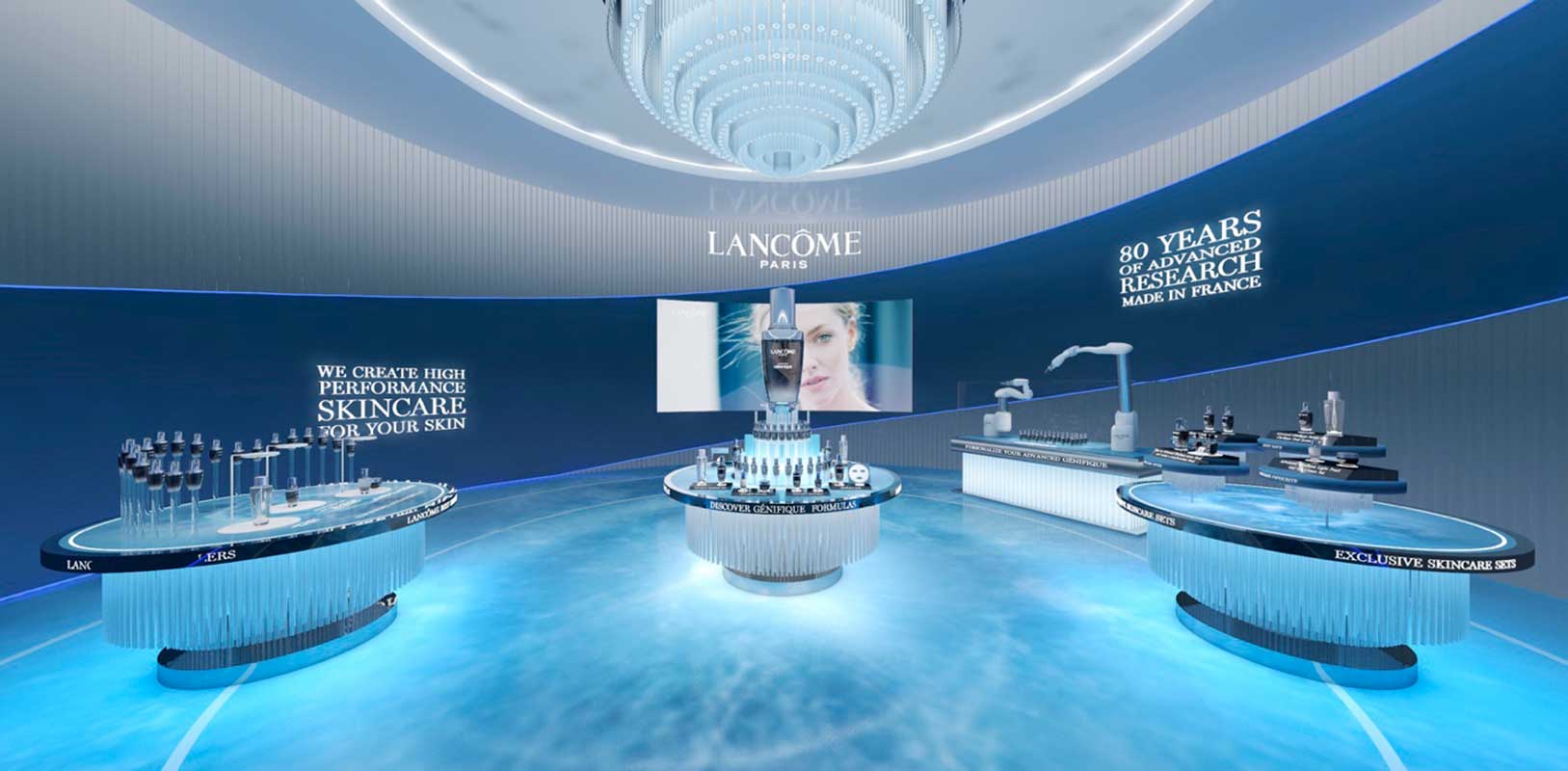
You might often hear the term “retail,” but what is retail? This term comes from the English language and is used to refer to retail sales or sales to the public. Conversely, when a company aims to sell to multiple customers, creating a massive stock, we are talking about the wholesale sector. This sector sells large quantities, with retailers being its customers.
It’s important to clarify that a retail company doesn’t necessarily have to be associated with a physical establishment. Depending on their characteristics, we can find:
Offline Retailers: These companies base their activity solely on their physical stores, the most traditional business model.
E-Retailers: This business model is the opposite of traditional retail, with companies basing their activity entirely on the internet, using the e-commerce method.
Brick and Mortar: These companies use a hybrid model, where the business activity takes place both in physical stores and online.
In recent times, society evolves so rapidly that we must constantly adapt to new changes. The transformation of the retail sector is an improvement process that requires adapting to cultural, strategic changes, and the latest technologies. That’s why today we talk about digital transformation in the retail sector. If you don’t want to be left behind, you must understand the new consumer needs in detail and merge the online world with the offline world.

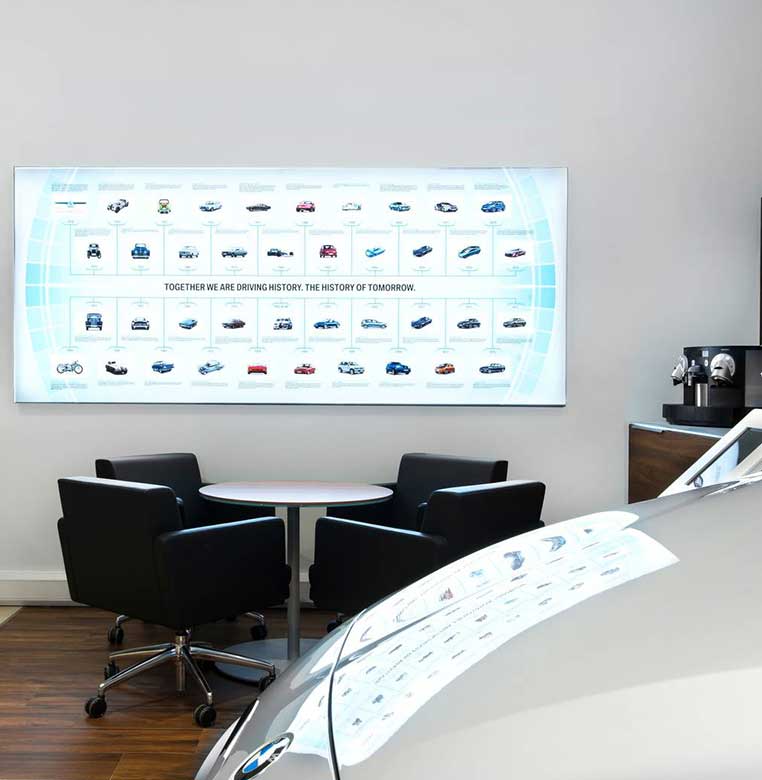
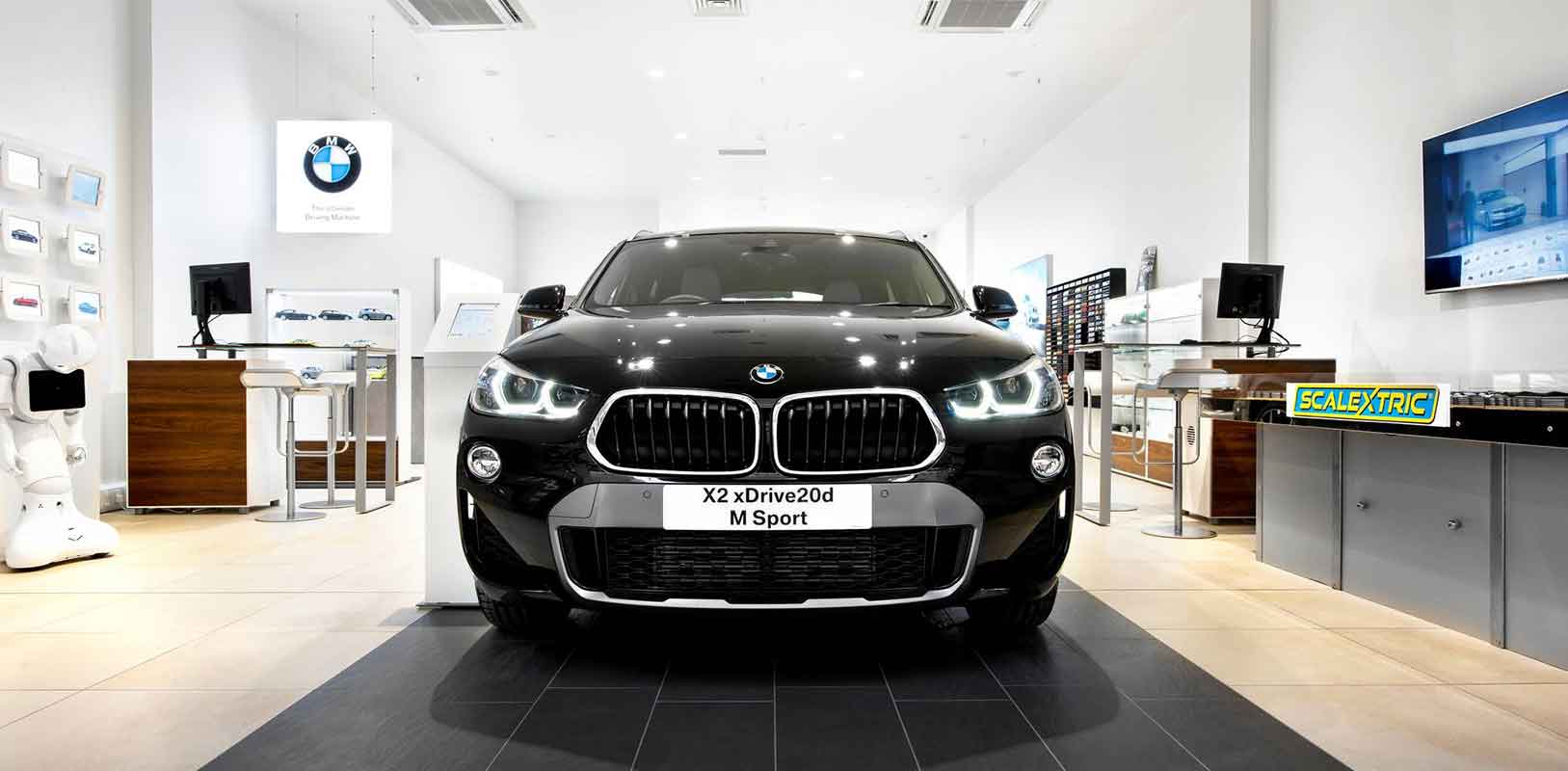
To understand why this transformation is necessary, you should know that as technology evolves, so do your customers’ habits and their way of purchasing. You need to be present in the place, space, and time where your buyer makes their decisions. Therefore, you should have a clear objective: to create a distinctive and more sophisticated physical store where the customer doesn’t just make a purchase but also experiences your brand, gets to know it, and falls in love with it.
Don’t forget to take advantage of the benefits that technologies offer: social media, websites, online stores… This is the best way to achieve good communication with your customer, appear more approachable, and provide other purchasing avenues.
“If your customers evolve, your company must evolve with them”
When talking about sophisticated physical stores, it means creating spaces not only dedicated to selling products but also to establishing a special conversation and bond with the customer. Connecting with their emotional side to convey your brand values and differentiate yourself from the competition. It’s important to create complete, effective, and experiential commercial spaces.
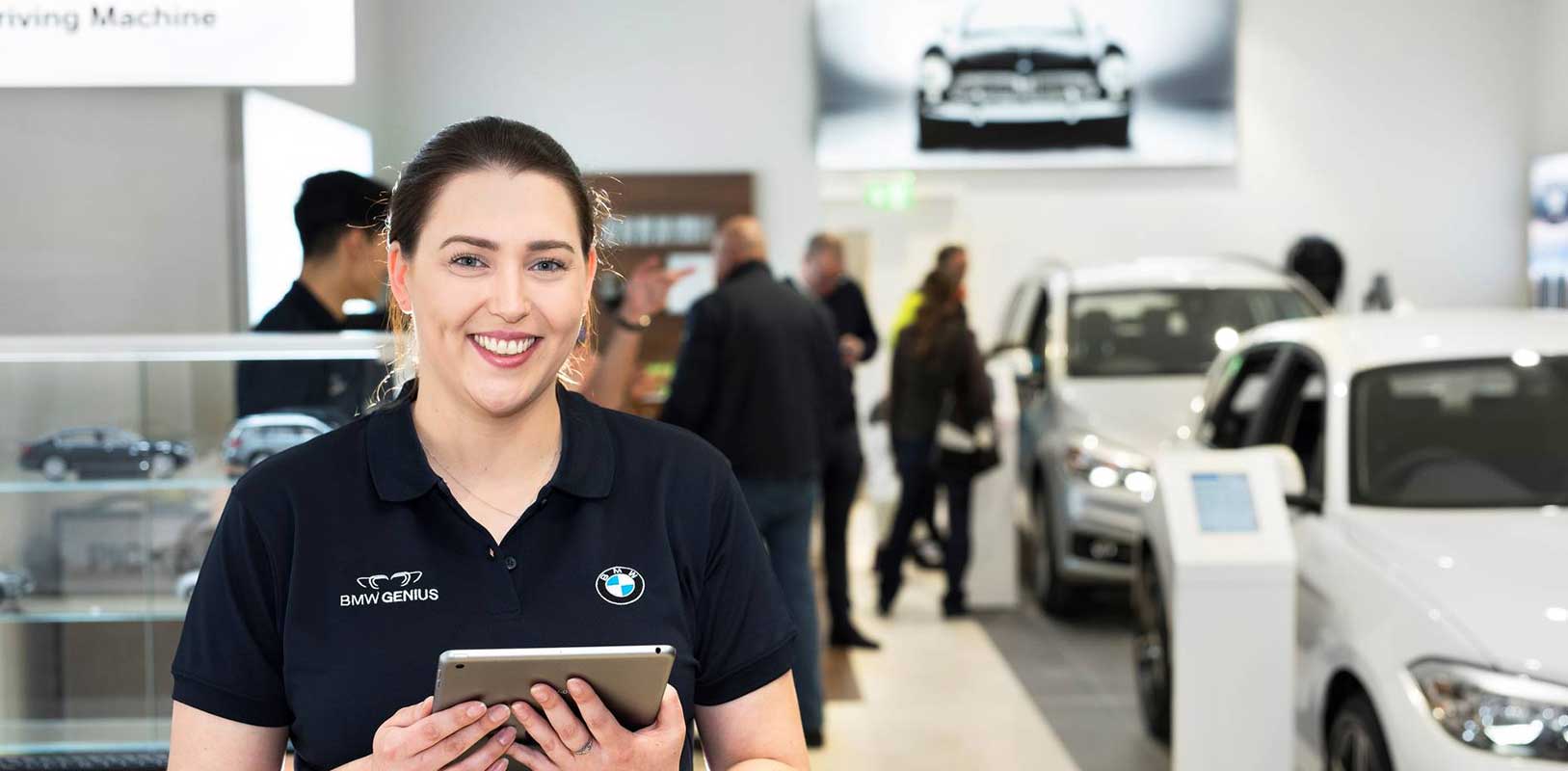
A new way to buy a BMW that combines retail, digital and physical sales in one experience.
Digital transformation aims for both online activities and physical stores to coexist harmoniously and support each other, helping your company generate more wealth and social presence.
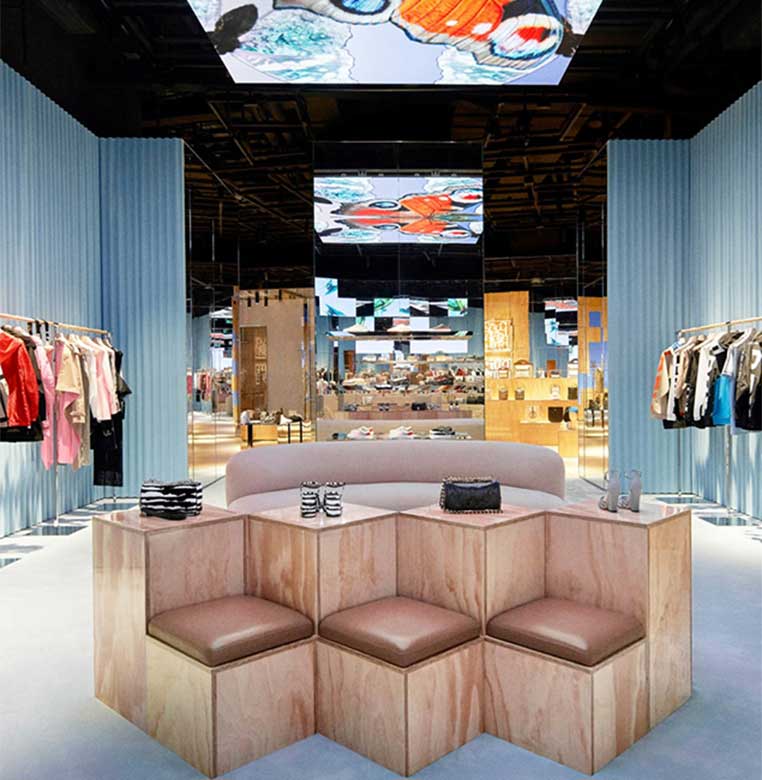
Large companies don’t limit themselves to having only an online presence but opt for a Brick and Mortar business model. It’s important to be present on all channels your customers use, ensuring increased sales, new customers, and greater visibility for your business.
According to “Think With Google”, 74% of customers use the online channel before going to the store to check product information on e-commerce, availability, opening hours, and location. Once there, they continue interacting online, searching for offers or coupons on their mobile phones. Considering these habits can help optimise your online presence.
A few years ago, the priority for any physical store was to digitalise and create an e-commerce platform. Currently, large entrepreneurs are realising the importance of having a physical establishment due to customers’ need for experiences.
The goal is not to open many street-level stores but to ensure that existing ones provide customers with sensations and emotions, allowing them to touch, smell, hear, taste, and see your products. Customers need that closeness. In short, they need enhanced and unique experiences.
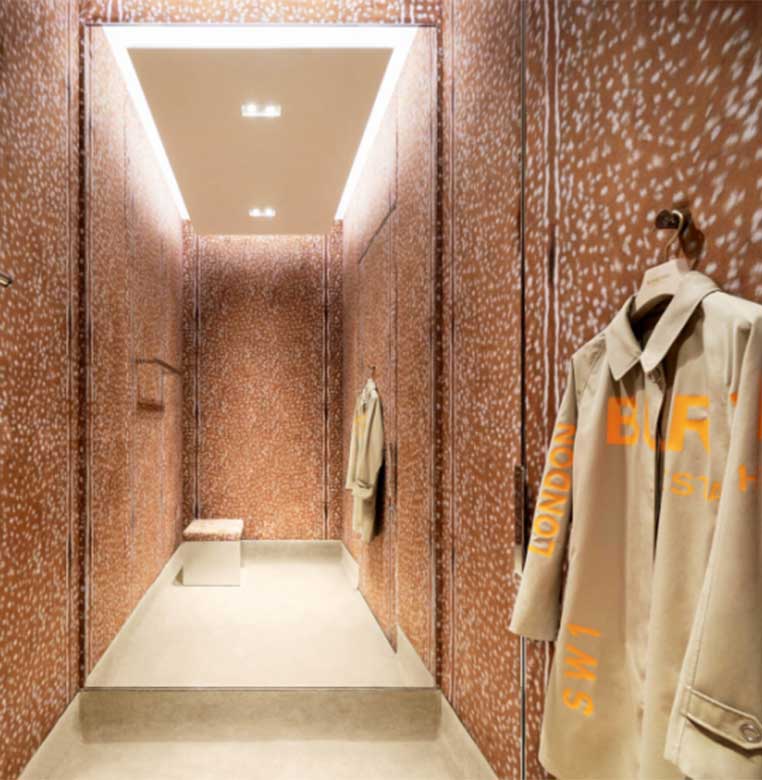
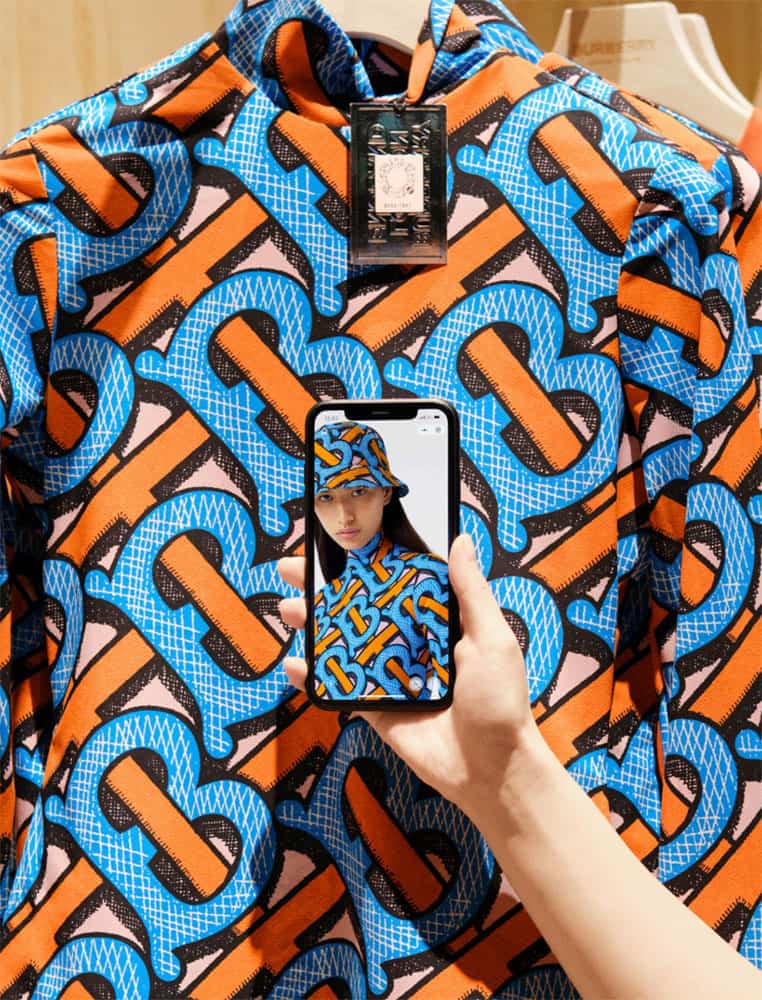
One example is Amazon Go, with the opening of its first physical store in the USA. It’s a digitalised store where the only workers restock and arrange items; there are no checkouts or intermediaries to charge you. Security is only present in the alcohol section to ensure minors don’t consume. To enter the store, you need an Amazon account and to scan a code at the entrance with your phone. Once inside, you pick up the food or product you’re interested in and leave the store. Charging is handled by dozens of cameras and sensors that track you and connect with your Amazon account.
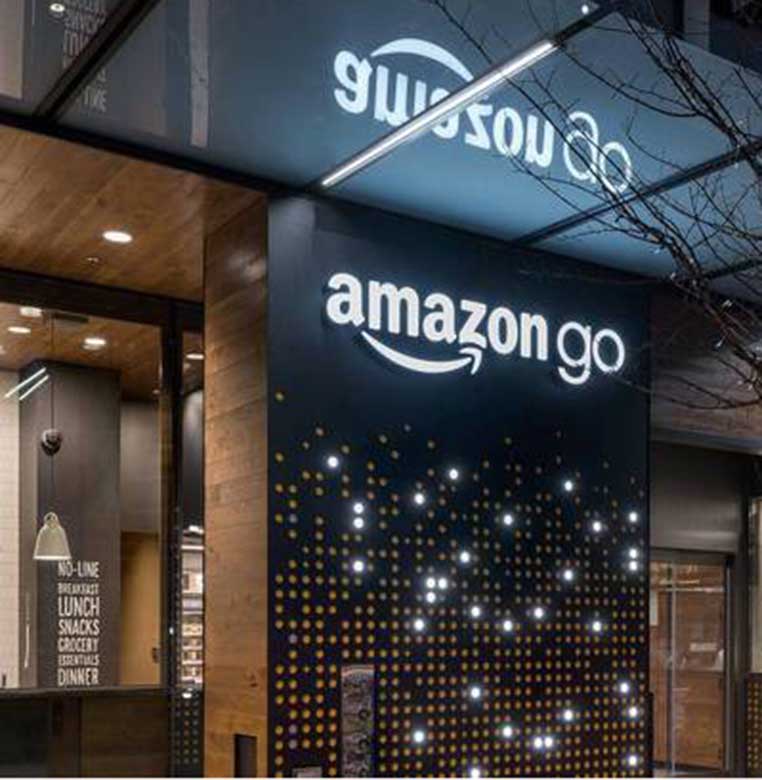
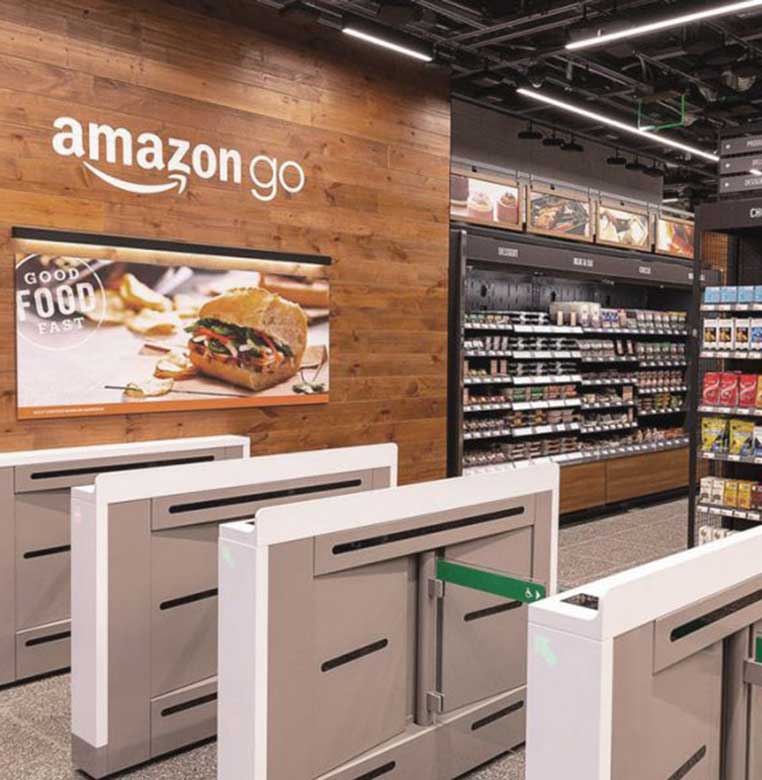
Amazon is the perfect example of online and offline fusion, in addition to technological evolution. It has managed to provide its users with the possibility of experiencing it physically while applying numerous technologies to facilitate the purchase for the consumer.
It seems we are witnessing a retail crisis, but at the same time, new ways of physically displaying products are being enhanced. Behind this seemingly contradictory trend lies the need to reinvent commercial spaces and create strategies where the offline and online worlds merge.
Within the digital transformation of the retail sector, we find a series of novelties and trends:
A novelty in vogue is the digitalisation of physical stores through the creation of an e-commerce platform. Your customers can not only buy your products online but also get information about them, your company’s ethics, and your brand values.
Omnichannel is a very important characteristic, involving the use of all channels so that the consumer can buy how and when they want. Thanks to this, we can maintain a relationship with the customer both online and offline.
A clear example is guide shops, a type of store currently becoming popular due to the fusion of online and physical commerce, i.e., their omnichannel nature. These establishments allow customers to try, touch, and see the product of an online store, then buy it online or from the same establishment using dedicated devices, with delivery to the chosen location.
Omnichannel is also associated with terms like automation and personalisation. Through this, you will be able to get closer to your customer, anticipating their needs and making recommendations with direct communication.
Related to this is the Big Data trend, which involves obtaining as much information as possible about your customers. This way, you can analyse them accurately, and your strategies will be more effective.
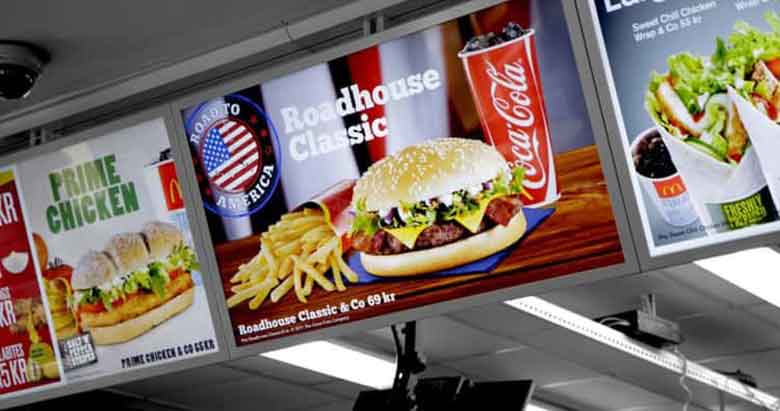
Obtaining specific customer data is one of the most sought-after goals by all companies. When a purchase is made online, obtaining information about the buyer is easy; different programs or the website manager provide it. But how can you get data from customers when they buy in your physical store? The only answer is Smart Content.
Smart Content is an innovative advertising format combining data usage and business intelligence to create intelligent digital content at points of sale. By using cameras installed in your establishment, you can obtain important data such as analysing customer profiles by gender and age at different times and days, identifying hot zones with heat maps, understanding the customer journey in your stores, and discovering recurring profiles.
Through a CMS management software for your digital signage content and the use of artificial intelligence, offline data (sales, inventory, traffic…) and external data that may affect it (weather, sports events…) are analysed to develop a predictive model of your audience’s behaviour and personalise the content of your screens based on customer traits. This anonymous information will allow you to interact in real-time with your store traffic and create a unique experience for your buyers.
In virtual reality, everything seen is created and developed by a computer, used via virtual reality glasses. An example is the automotive company Seat, which uses virtual reality for its development and production processes to create its product intuitively. This way, improvements can be identified long before manufacturing a part.
Augmented reality, unlike virtual reality, is a mix of real and virtual elements. What our eyes see are virtual objects displayed in a real environment.
Lego has added a screen in some establishments where children can bring the box close and see themselves with a model of what the toy would look like once built.
In the USA, IBM has implemented augmented reality in supermarkets with an app that can be scanned to provide extra product information, from nutritional value, broken down more visually than the packaging allows, to possible recipes that can be made with that product.
Augmented reality fitting rooms are among the latest technological innovations in the retail sector. Customers can virtually try on clothes or items in your physical store. Many brands have also embraced this technique online, allowing you to try on lipstick or shoes from home through their website.
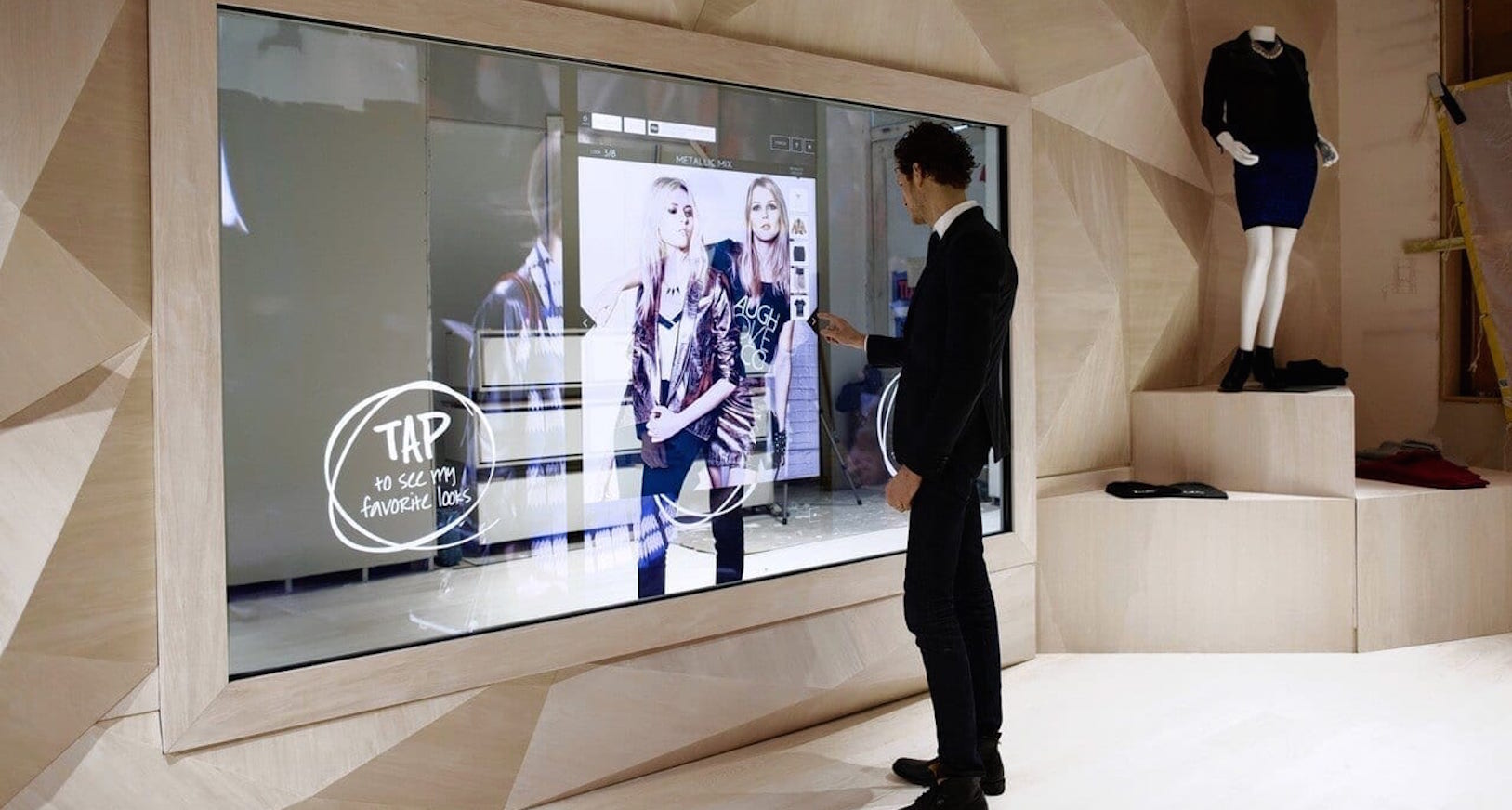
Some companies use social shopping, where the customer can search for an item online and buy it through a photo of a product or a live image captured with their camera. This facilitates the purchase process for the customer, which is always the goal.
Many retailers with few or no physical stores use Click and Collect for online orders. This involves the customer picking up their online purchases at a sales point, which can be your brand’s physical store or any sales point with which your company has an agreement. This facilitates the purchase for many customers who aren’t home all day and can’t receive their packages there.
Another advantage is that your customer, when going to your store to pick up their online order, may be attracted to other products and make a new purchase in-store. They can have a more direct contact with the brand and strengthen their relationship with it.
Although this trend is advancing slowly, shopping via voice devices is growing steadily and is expected to gain momentum in the coming years.
The beacon network, also known as Bluetooth Low Energy (BLE) applications, allows any brand to detect exactly where a customer is through Bluetooth and offer them a personalised experience with notifications and messages.
Carrefour has already incorporated beacons in 28 of its hypermarkets in Romania, significantly improving the shopping experience for consumers, generating personalised offers and discounts to reward customer loyalty.
Another example is FC Barcelona, which has installed beacons at its Camp Nou stadium to offer users an app with a personalised tour, promoting special offers and interacting in real-time with customers.
NFC (Near Field Communication) technology is based on wireless communication that allows data exchange between devices, deriving from RFID tags.
Its strength lies in the speed of communication rather than the exchange of large amounts of data. However, its range is limited to 20 cm. Examples of this technology include mobile payments in physical stores and cardless ATM identification.
RFID (Radio Frequency Identification) technology allows identifying and transmitting information about an object through radiofrequency waves. An RFID tag is required to store, transmit, or identify this data. Examples of this technology include security control in stores to prevent item theft, access control, and warehouse inventory control.
Digital payments are increasingly on the rise worldwide, expanding to over 20,000 stores. It is estimated that 31% of Europeans will likely use a digital wallet on their mobile device in the coming years.
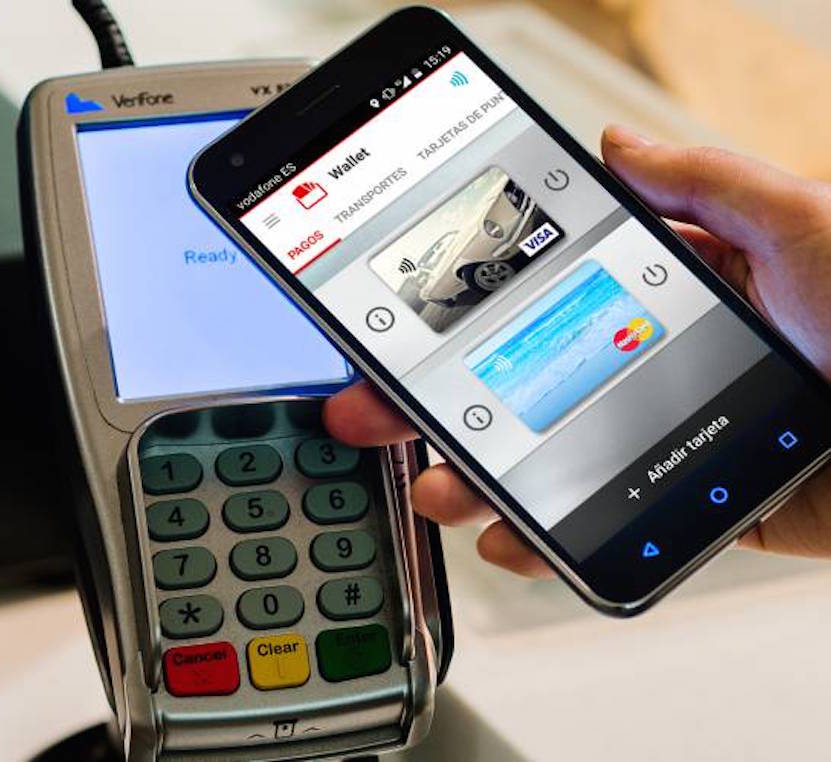
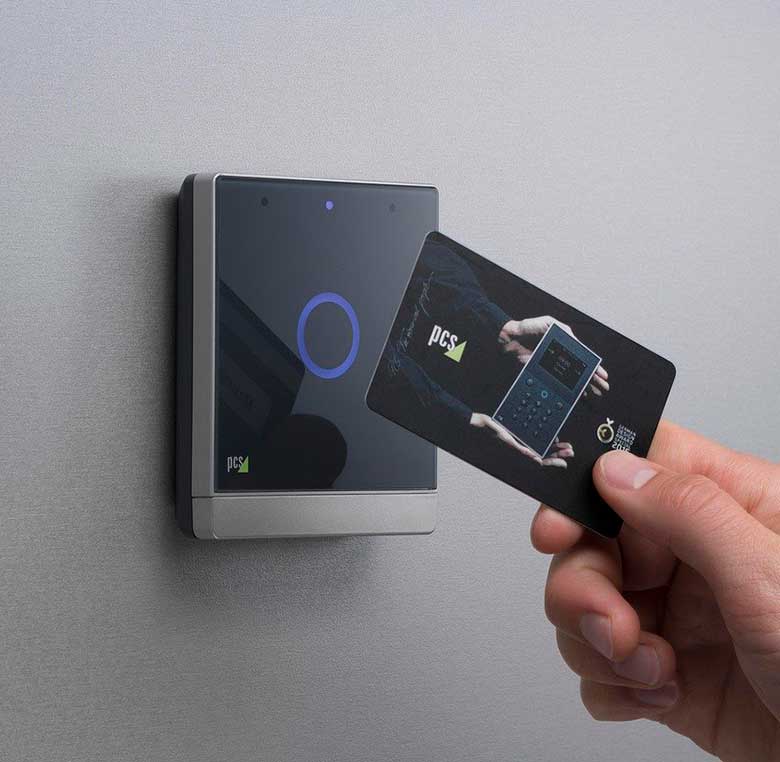
Major brands are already testing product delivery via drones. Just Eat aims to use ground drones for food deliveries, with their first prototype equipped with six cameras and GPS. Amazon is also in the game, having completed its first home delivery with an aerial drone.
One of the most important retail trends for 2021 is the collaborative economy: renting clothes, cars, shoes, and many other second-hand items will be a strengthened trend this year. This includes bartering, swapping, and social buying. Examples include Vinted for buying second-hand clothing or Airbnb for renting houses or private rooms.
Of course, we cannot forget something extremely important today: sustainability. This characteristic is key for consumers, who prioritise sustainable practices in companies, including their production processes and material usage.
Improvements are not only made to attract new customers but also to retain existing ones. Many companies make the mistake of neglecting customers once they have them. A good loyalty strategy involves listening to your customers and rewarding them for trusting your brand.
There are many news stories about the retail sector related to digital transformation. For example, the latest development by the brand El Ganso, which has ventured into sales via video calls.
Personal shopper online “El Ganso” boutique.
Other brands like Laagam, a company fully immersed in the technological world, are also launching their products for sale through live streams using a platform called Livescale.tv. This platform allows users to purchase products without stopping the live stream.
COVID-19 has devastated the global economy and significantly impacted the Spanish economy.
Thanks to new technologies and the expansion of e-commerce, many companies have seen a surge in purchases during this period.
However, the more traditional retail sector has been directly affected due to the inability to open their sole points of activity: physical stores. This has led this part of the sector, which either rejected technology or was not yet prepared to fully enter the digital world, to a bleak scenario where many businesses have had to close.
A crucial characteristic is the versatility and updating of your business. Companies not up-to-date with the latest developments have been left vulnerable in this unexpected situation. Nevertheless, the future of physical stores in our country is assured, as evidenced by the footfall and sales figures from the last Christmas campaign.
As you can see, physical stores still account for a significant percentage of sales in our country. This explains that the goal of digital transformation is not to eliminate physical establishments but to improve and adapt them to new shopping methods.
Your goal is not to create physical stores solely to generate sales but to create exceptional experiences for your customers. And for this, of course, there are strategies. I present the customer-centric strategy, a strategy focused on the customer. Consumers have more options in the market, which is why experiences designed exclusively for them have been created for some time now.
A good example is the Lego company, which continuously uses crowdsourcing for product ideas. This allows them to transform customer ideas into real products.
The retail sector has shifted from generating needs to listening to the actual needs of its customers. Now the customer is at the centre of strategies. The rapid evolution of new technologies has made consumers more informed, accelerating the process of changing the mindset of retail sector companies.
To develop a good strategy, you need to know your consumers better. Additionally, using your physical stores as a large showcase for your products will help you make the most of them.
“Many stores will become showcases where the product is better displayed, and the lighting and music are carefully curated.”
You will have to create experiences where you interact with consumers, dynamically, through surprising elements and tools.
Design creative and comfortable spaces where the customer has a unique experience, and take advantage of this communication to create emotional bonds between the customer and your brand. Personalize communication, each client is unique, so treat them as such.
After this, I hope you have no doubts that the digital transformation strategy and technologies are, currently, essential in any company in the retail sector. If you are a retailer, think twice about your relationship with technology and consider improving it. I assure you will not regret.
You may also be interested
open
08:00 AM-18:00 PM Monday – Friday
08:00 AM-18:00 PM Monday – Friday